When you hear “respiratory illness,” the mind often jumps to COVID‑19, but there’s another serious bug that flies under the radar: Legionnaire's disease is a pneumonia caused by the Legionella bacteria. While both illnesses attack the lungs, they differ in how you catch them, how they feel, and how doctors treat them. Below we break down the nitty‑gritty so you can tell them apart and know what to do if you or someone you love gets sick.
Quick Takeaways
- Legionnaire’s disease spreads through contaminated water droplets; COVID‑19 spreads mainly via airborne droplets from infected people.
- Incubation for Legionella is 2‑14 days, while COVID‑19 averages 5‑6 days.
- Both can cause fever and cough, but Legionella often adds watery diarrhea and confusion.
- Diagnosis of Legionella requires a urine antigen test or culture; COVID‑19 is detected with PCR or rapid antigen swabs.
- Antibiotics treat Legionella, whereas antivirals and supportive care target COVID‑19.
What Exactly Is Legionnaire’s Disease?
Legionella is a gram‑negative bacterium that loves warm, stagnant water. It thrives in places like hot‑water tanks, cooling towers, and even decorative fountains. When the water is aerosolized-think a shower mist or a hotel’s air‑conditioning system-people can inhale the bacteria and develop Legionnaire’s disease.
What Is COVID‑19?
COVID‑19 is the disease caused by the novel SARS‑CoV‑2 virus. The virus spreads primarily through respiratory droplets when an infected person coughs, talks, or breathes. It can also linger in the air in poorly ventilated indoor spaces, making it highly contagious.
How Do the Two Illnesses Reach Your Lungs?
Understanding the transmission route helps you protect yourself.
- Legionnaire’s disease: Inhalation of water‑borne droplets containing Legionella. No person‑to‑person spread.
- COVID‑19: Direct inhalation of virus‑laden droplets or aerosols from an infected person. Close contact increases risk.
Because Legionella needs water to grow, regular maintenance of plumbing and cooling systems cuts the risk. For COVID‑19, masks, ventilation, and vaccination are the main defenses.
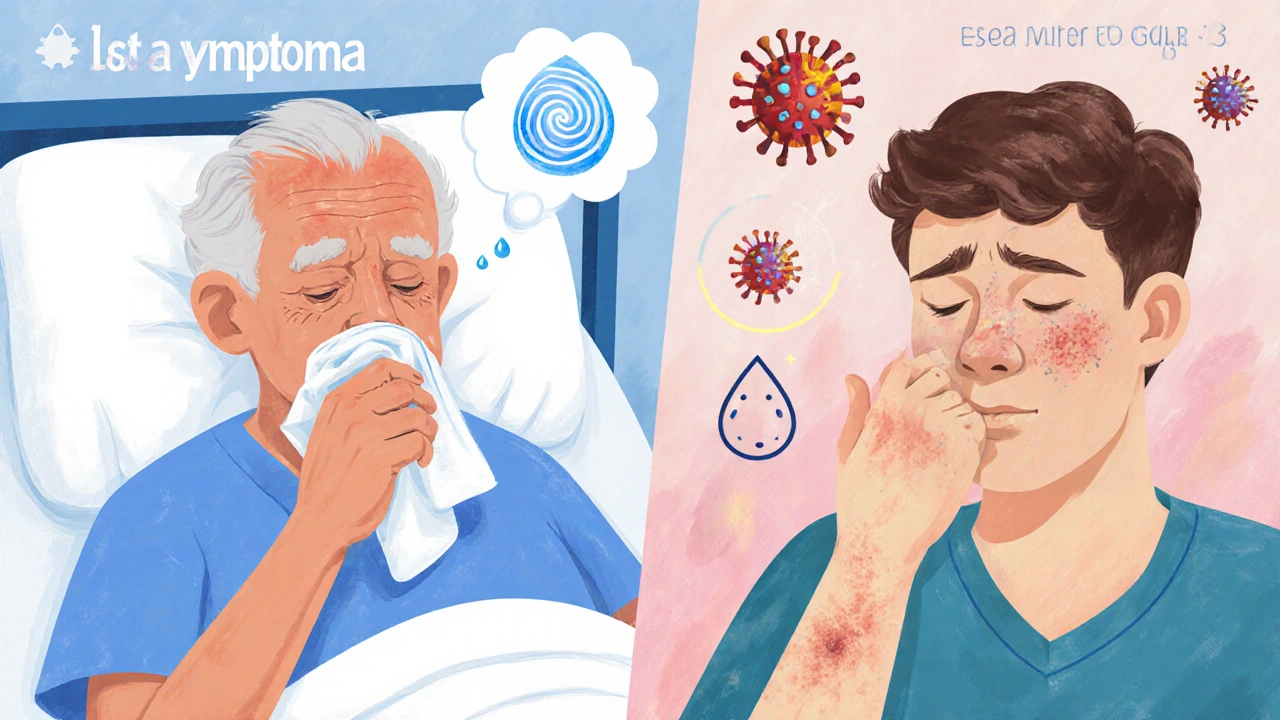
Comparing Symptoms and Severity
Both illnesses start with fever and cough, but the details matter.
| Aspect | Legionnaire’s Disease | COVID‑19 |
|---|---|---|
| Fever | High (often >39°C) | Moderate to high |
| Cough | Dry then productive | Dry, can become wet |
| Shortness of breath | Common, can progress quickly | Varies; severe in high‑risk groups |
| Gastrointestinal symptoms | Diarrhea, nausea, abdominal pain (frequent) | Occasional, less intense |
| Neurological signs | Confusion, delirium (especially older adults) | Headache, loss of taste/smell |
| Skin manifestations | Rare | Rash, “COVID toes” |
Legionella often hits older adults and smokers harder, leading to rapid respiratory failure. COVID‑19 can be mild in young people but poses a serious threat to anyone with underlying conditions.
Incubation Period: How Long Before You Feel Sick?
The incubation period tells you how fast the disease shows up after exposure.
- Legionella: 2‑14 days (average 5‑7 days).
- COVID‑19: 2‑14 days (average 5‑6 days).
Both ranges overlap, so timing alone isn’t a reliable clue. You need a proper test.
How Doctors Pinpoint the Problem
Accurate diagnostic test choices prevent mis‑treatment.
- Legionella: Urine antigen test (quick), sputum culture, or PCR on respiratory samples.
- COVID‑19: Nasopharyngeal PCR (gold standard), rapid antigen swab, or saliva PCR.
Because Legionella needs a specific test, doctors often miss it if they only order a chest X‑ray. Mention any recent travel, hotel stays, or exposure to hot tubs when you see a clinician.
Treatment Paths: Antibiotics vs Antivirals
Knowing the treatment approach can save lives.
- Legionella responds well to macrolide antibiotics (azithromycin) or fluoroquinolones (levofloxacin). Hospitalization is common for severe cases.
- COVID‑19 treatment depends on severity: mild cases get rest and over‑the‑counter meds; moderate to severe cases may receive antivirals (remdesivir), monoclonal antibodies, steroids, and oxygen support.
Never self‑prescribe antibiotics for a cough-only a doctor can confirm Legionella.
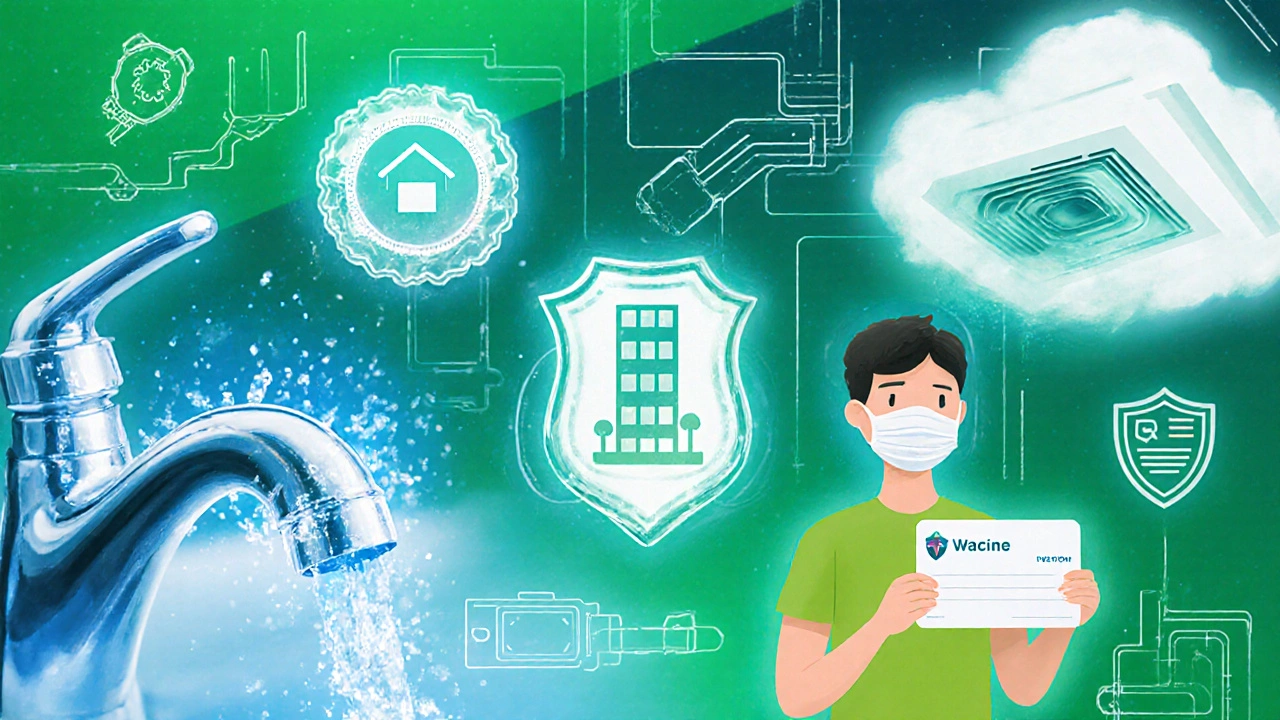
Mortality and Long‑Term Outlook
The mortality rate gives a stark picture.
- Legionella: About 10%‑15% overall, but climbs to 30%‑50% in older or immunocompromised patients.
- COVID‑19: Global case‑fatality around 1%‑2% (varies by age, vaccine status, and variants).
Both can leave survivors with lingering lung damage, fatigue, and reduced exercise capacity. Pulmonary rehab and regular follow‑up are key.
Prevention Tips You Can Use Today
Practical steps cut risk for both diseases.
- Maintain household water systems: clean showerheads, flush unused taps, keep hot‑water heaters at >60°C.
- When staying in hotels, ask about their Legionella‑control program.
- For COVID‑19, stay up to date with vaccinations, use masks in crowded indoor settings, and improve indoor ventilation.
- Monitor symptoms closely after potential exposure. Early medical attention lowers complications.
Key Differences at a Glance
| Feature | Legionnaire’s Disease | COVID‑19 |
|---|---|---|
| Cause | Legionella bacteria | SARS‑CoV‑2 virus |
| Primary transmission | Inhalation of contaminated water droplets | Person‑to‑person respiratory droplets/aerosols |
| Incubation | 2‑14 days (average 5‑7) | 2‑14 days (average 5‑6) |
| Typical symptoms | High fever, cough, shortness of breath, diarrhea, confusion | Fever, cough, loss of taste/smell, fatigue, varied severity |
| Diagnostic test | Urine antigen, sputum culture, PCR | PCR, rapid antigen, saliva test |
| Treatment | Macrolide or fluoroquinolone antibiotics | Supportive care, antivirals, steroids, monoclonals |
| Mortality | 10%‑15% (higher in vulnerable groups) | ~1%‑2% globally (higher with age/comorbidities) |
Frequently Asked Questions
Can Legionnaire’s disease be caught from a swimming pool?
It’s rare, but possible if the pool’s filtration system isn’t cleaned and water becomes warm enough for Legionella to grow. Proper chlorination and regular maintenance prevent it.
Do COVID‑19 vaccines protect against Legionella?
No. COVID‑19 vaccines target the SARS‑CoV‑2 virus only. You still need to follow water‑system safety steps to avoid Legionella.
How long does a person remain contagious with COVID‑19?
Typically 10days after symptom onset, but can be longer for immunocompromised individuals. Isolation guidelines evolve with new variants.
Is there a vaccine for Legionnaire’s disease?
Not currently. Prevention focuses on controlling Legionella growth in water systems rather than immunization.
Can antibiotics treat COVID‑19?
Antibiotics do not work against viruses. They may be prescribed only if a bacterial co‑infection is suspected.
What are the warning signs that require emergency care?
Severe shortness of breath, chest pain, confusion, persistent high fever, or a drop in oxygen saturation below 90% should prompt immediate medical attention for either illness.
Both Legionnaire’s disease and COVID‑19 can be frightening, but knowing how they differ equips you to act fast. Keep your water systems clean, stay current on COVID‑19 vaccines, and seek medical help early if you suspect either infection.

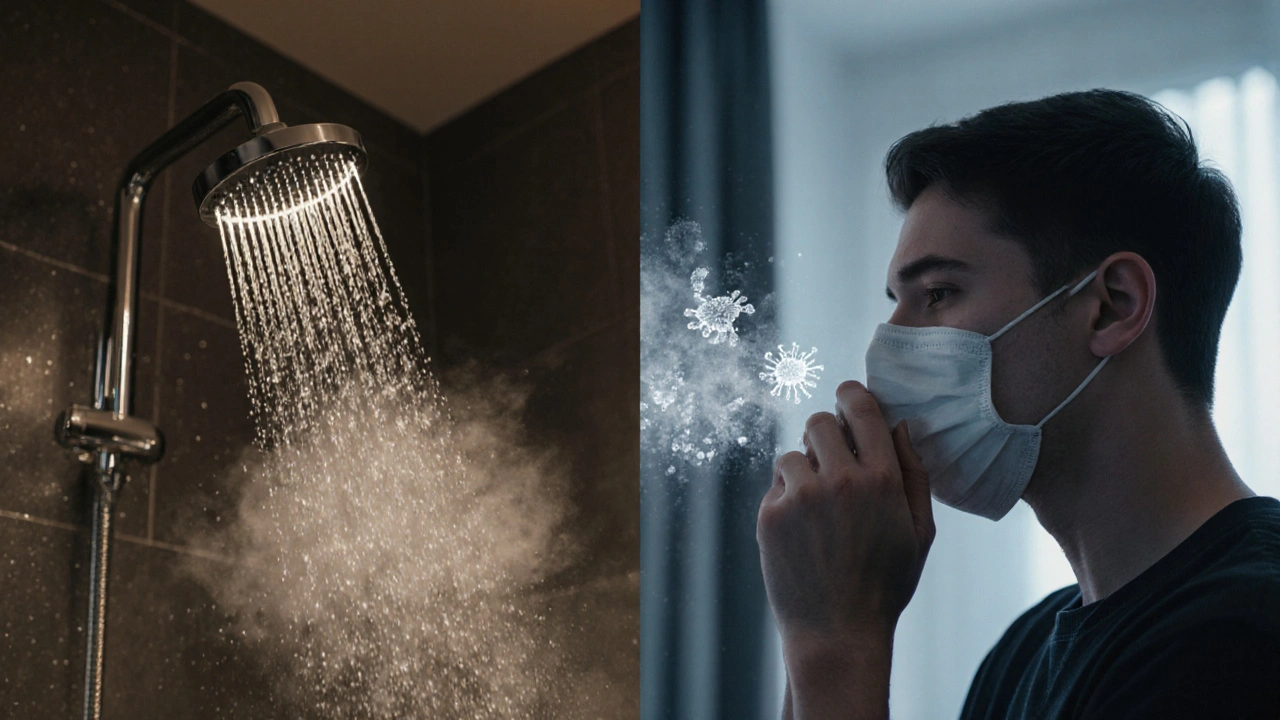
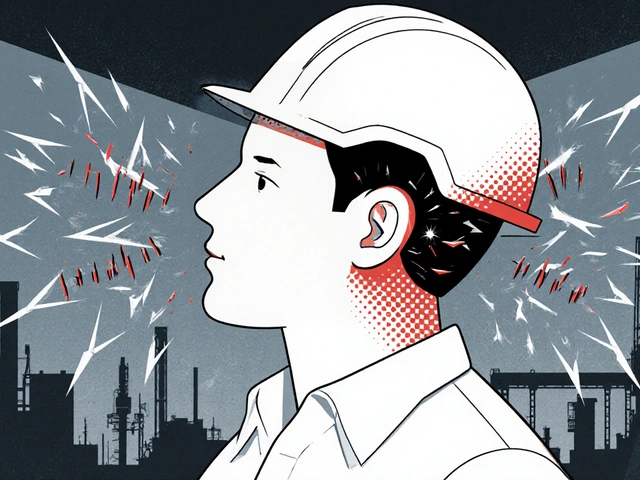
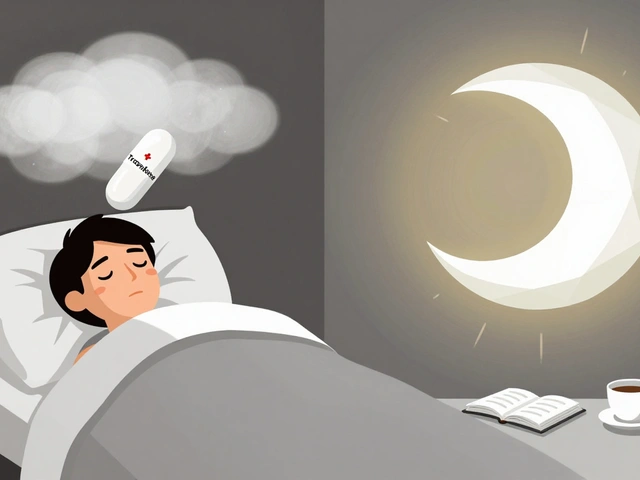



Jarrod Benson
October 8, 2025 AT 20:31Hey folks, if you’re still mixing up Legionnaire’s disease with COVID‑19, let’s untangle that knot right now. First off, the bug behind Legionella loves warm water, not a crowded bar, so you won’t catch it from a friend’s cough. It hides in things like hot‑tubs, showerheads, and even the cooling towers of big office buildings. When those droplets turn into a fine mist, you inhale them and boom-pneumonia hits hard. COVID‑19, on the other hand, rides on tiny droplets from an infected person’s breath, talking, laughing, or shouting. Both can give you fever, cough, and a feeling that you’re burning out, but Legionella often drags in extra baggage like watery diarrhea and a foggy brain. That confusion tip‑off is huge for older adults because it can make the diagnosis slip right under the radar. The incubation windows overlap, 2‑14 days for both, so timing alone won’t tell you which bug you’re battling. The real deal breaker is the test: a quick urine antigen for Legionella versus a PCR or rapid antigen swab for COVID‑19. Treatment paths diverge dramatically-Legionella bows to macrolide or fluoroquinolone antibiotics, while COVID‑19 leans on antivirals, steroids, and sometimes monoclonal antibodies. Mis‑treating Legionella with just a cough suppressant can send a patient spiraling toward respiratory failure. Prevention tips also differ: keep your water systems hot (above 60 °C), flush idle taps, and demand hotels prove they’ve got a Legionella‑control program. For COVID‑19, mask up in crowded indoor spaces, stay current on boosters, and ventilate rooms whenever possible. Both illnesses can scar lungs for months, so early detection and proper care are non‑negotiable. Bottom line: know the source, ask the right questions, and get the appropriate test before the doctor writes a prescription. Stay sharp, stay safe, and don’t let an obscure bacterium sneak past you while you’re busy watching the headlines.
Tom Haymes
October 11, 2025 AT 17:58You’ve nailed the key points, especially the reminder that the source of exposure tells the whole story. It’s easy to forget that water systems can be silent carriers until we actually look. I always tell patients that asking about recent hotel stays or hot‑tub use is a simple but powerful diagnostic cue. Pair that with a quick urine antigen and you can dodge a lot of unnecessary hospital days. Keep spreading the word-knowledge is the best preventive tool we have.
Ajayi samson
October 14, 2025 AT 15:26Oh great, another “you should have known better” post-thanks for the lecture. As if people actually read water‑system manuals before showering. Anyway, the data shows Legionella deaths are still under‑reported, so maybe the real problem is our complacency, not the bacteria.
Liz .
October 17, 2025 AT 12:54Legionella is way underrated compared to covid.
tom tatomi
October 20, 2025 AT 10:21Sure, the article lists the differences, but it glosses over the fact that co‑infections are common. A patient can have both Legionella and COVID‑19, complicating the clinical picture.
Lief Larson
October 23, 2025 AT 07:49Water culture matters a lot you know. In many countries hot‑water tanks are a daily reality and ignoring Legionella is risky. Ask the hotel staff about their maintenance schedule next time you travel. Simple steps can save lives.
Julia Grace
October 26, 2025 AT 05:17Alright, let’s break this down so it’s crystal clear for everyone. Legionella loves warm, stagnant water – think of a neglected jacuzzi or an old school shower. If you’ve ever sniffed the fog from a cooling tower, you’ve basically inhaled a bacterial cocktail. COVID‑19, on the other hand, rides on human breath, so masks and ventilation are your BFFs. Don’t forget, antibiotics kill Legionella, but they won’t do anything for a virus, so a proper diagnosis is definately essential.
Christian Andrabado
October 29, 2025 AT 02:44Legionella is a bacterium, not a virus; it requires antibiotics. COVID‑19 is viral, requiring antivirals or supportive care.
Chidi Anslem
November 1, 2025 AT 00:12The contrast between a water‑borne pathogen and an airborne virus is a reminder of nature’s diversity. Both exploit human habitats, yet the solutions differ dramatically. Understanding the environment that nurtures each organism empowers us to act wisely. We are not just passive victims; we can shape the conditions that prevent these diseases.
Holly Hayes
November 3, 2025 AT 21:40It’s morally unacceptable to ignore simple water maintenance while preaching health safety. People get sick because we cut corners on infrastructure. If we cared, we’d invest in proper cleaning protocols worldwide.
Penn Shade
November 6, 2025 AT 19:07Most people think they’re invincible until a fever lands them in the ER. Legionella’s mortality rate is higher than COVID‑19’s, yet it gets far less media coverage. That’s why you need to read the facts, not just the headlines.
Jennifer Banash
November 9, 2025 AT 16:35Esteemed community, allow me to elucidate the paramount distinctions between these two pernicious afflictions. While COVID‑19 has dominated discourse, Legionella, albeit less heralded, presents a formidable threat when neglected. The clinical manifestations, diagnostic modalities, and therapeutic regimens are unequivocally disparate. Thus, the erudite pursuit of knowledge should encompass both entities with equal vigor.
Stephen Gachie
November 12, 2025 AT 14:03Legionella requires a urine antigen test; COVID‑19 needs a PCR. Do not conflate antibiotic therapy with antiviral treatment. Accurate diagnosis saves lives.
Sara Spitzer
November 15, 2025 AT 11:30Honestly the article could have cut the fluff and just listed the test differences. A bullet‑point table is enough for most readers. Less talking, more actionable info.
Rajinder Singh
November 18, 2025 AT 08:58My dear peers, the gravity of Legionella should not be dismissed as mere trivia. It commands respect, especially in hospitality sectors where negligence reigns. Let us demand stringent water safety standards posthaste.
Samantha Leong
November 21, 2025 AT 06:26I hear how overwhelming all this information can feel, especially when you’re trying to keep your family safe. Remember that asking your doctor about recent water exposures is a proactive step. It shows you care and can guide them to the right test. You’re doing the right thing by staying informed.
Taylor Van Wie
November 24, 2025 AT 03:53America’s infrastructure should lead the world in eradicating Legionella, not lag behind. If we don’t act now, we’re letting foreign complacency dictate our health.
carlee Lee
November 27, 2025 AT 01:21Simple water checks can prevent a lot of trouble.
chuck thomas
November 29, 2025 AT 22:49I find it fascinating how two entirely different pathogens can share overlapping incubation periods. That overlap often confuses both patients and clinicians alike. It underscores the importance of detailed exposure histories during triage. When you know the source, the treatment becomes crystal clear.
Gareth Pugh
December 2, 2025 AT 20:16Legionella hides in steamy mist; COVID‑19 rides on breath. Spot the source, save a life.